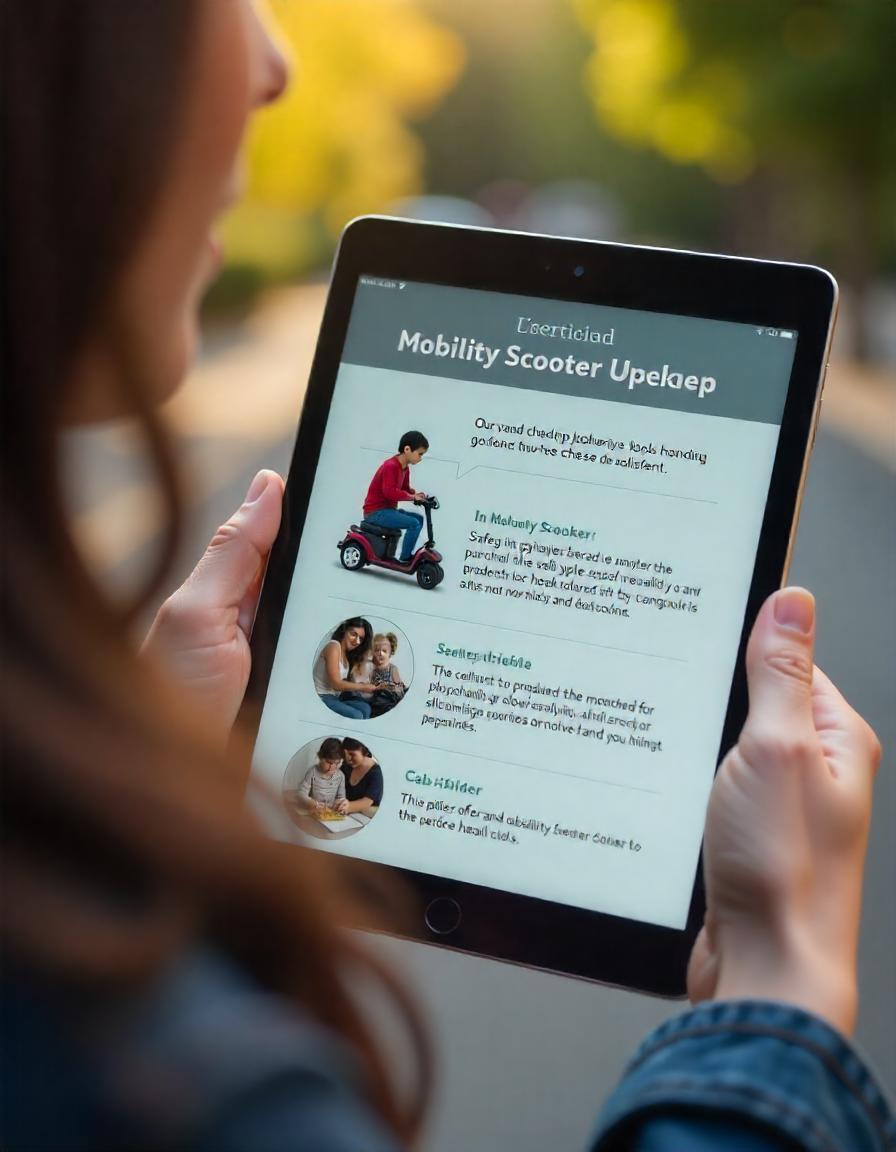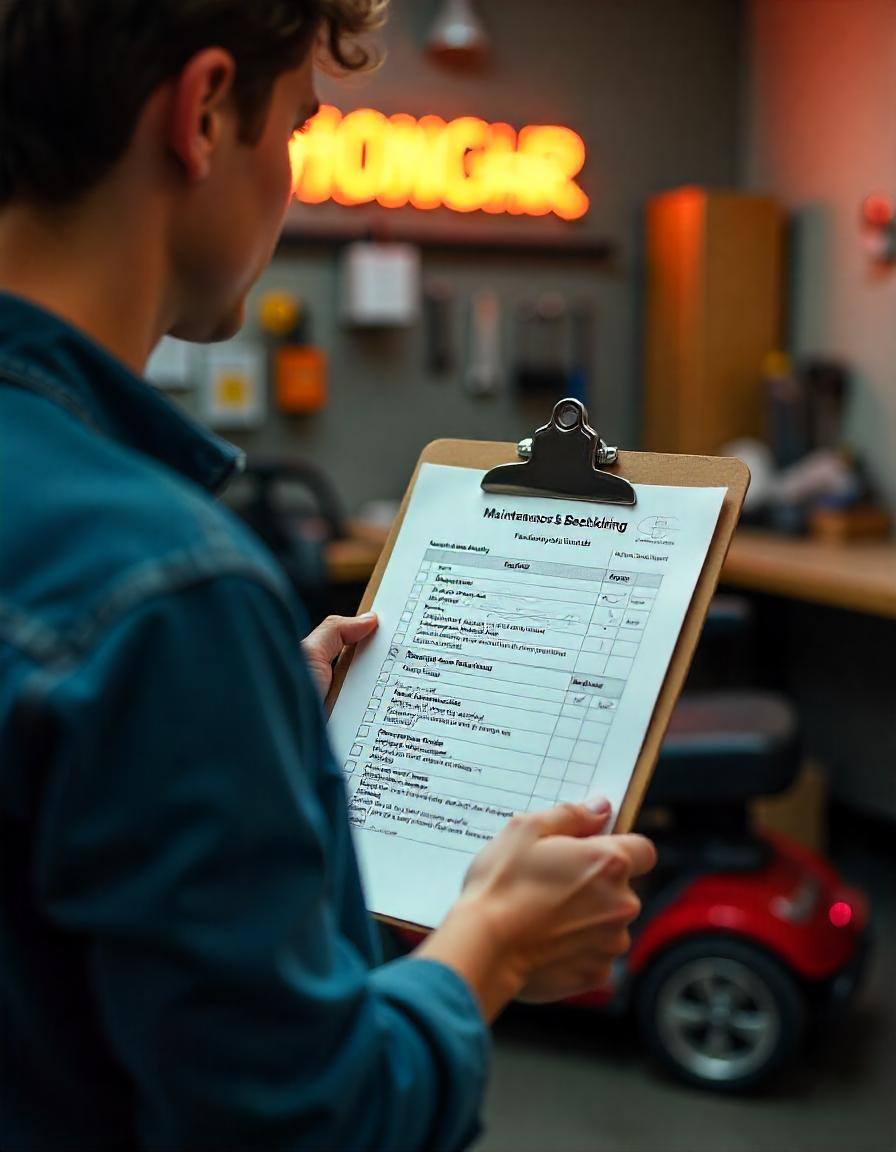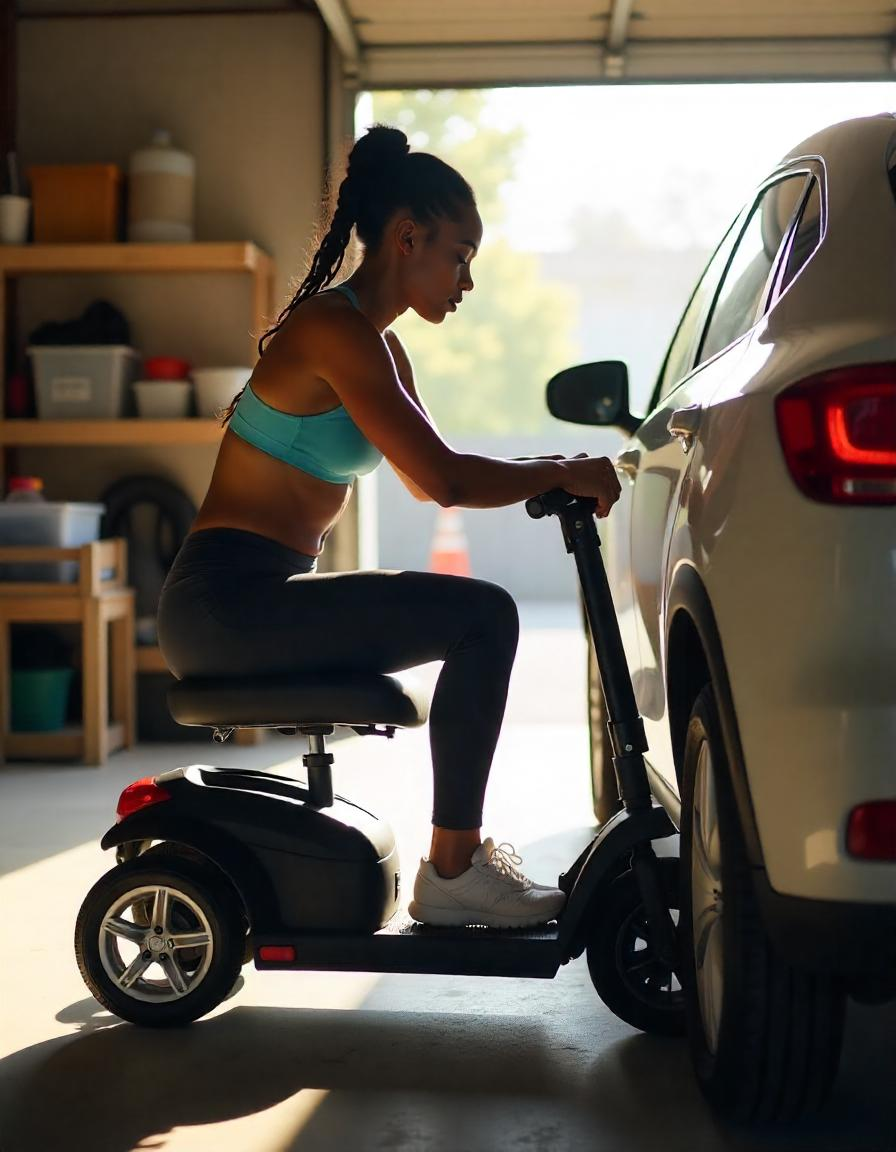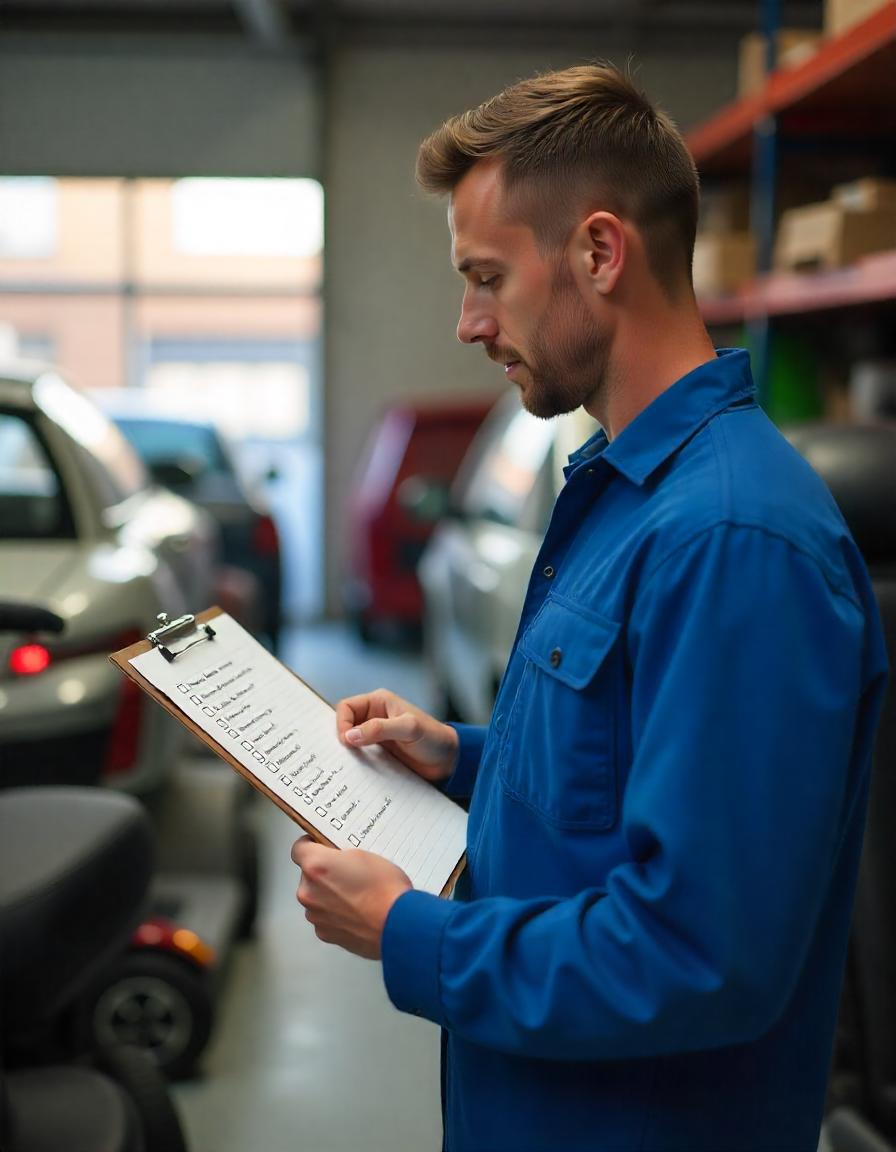Effective Ways to Protect Wooden Structures with Help from Shashel.en
Wood has been a favourite material for centuries, offering a unique aesthetic and robust functionality. From cosy homes to outdoor decks and fine furniture, wooden structures enhance spaces like no…









